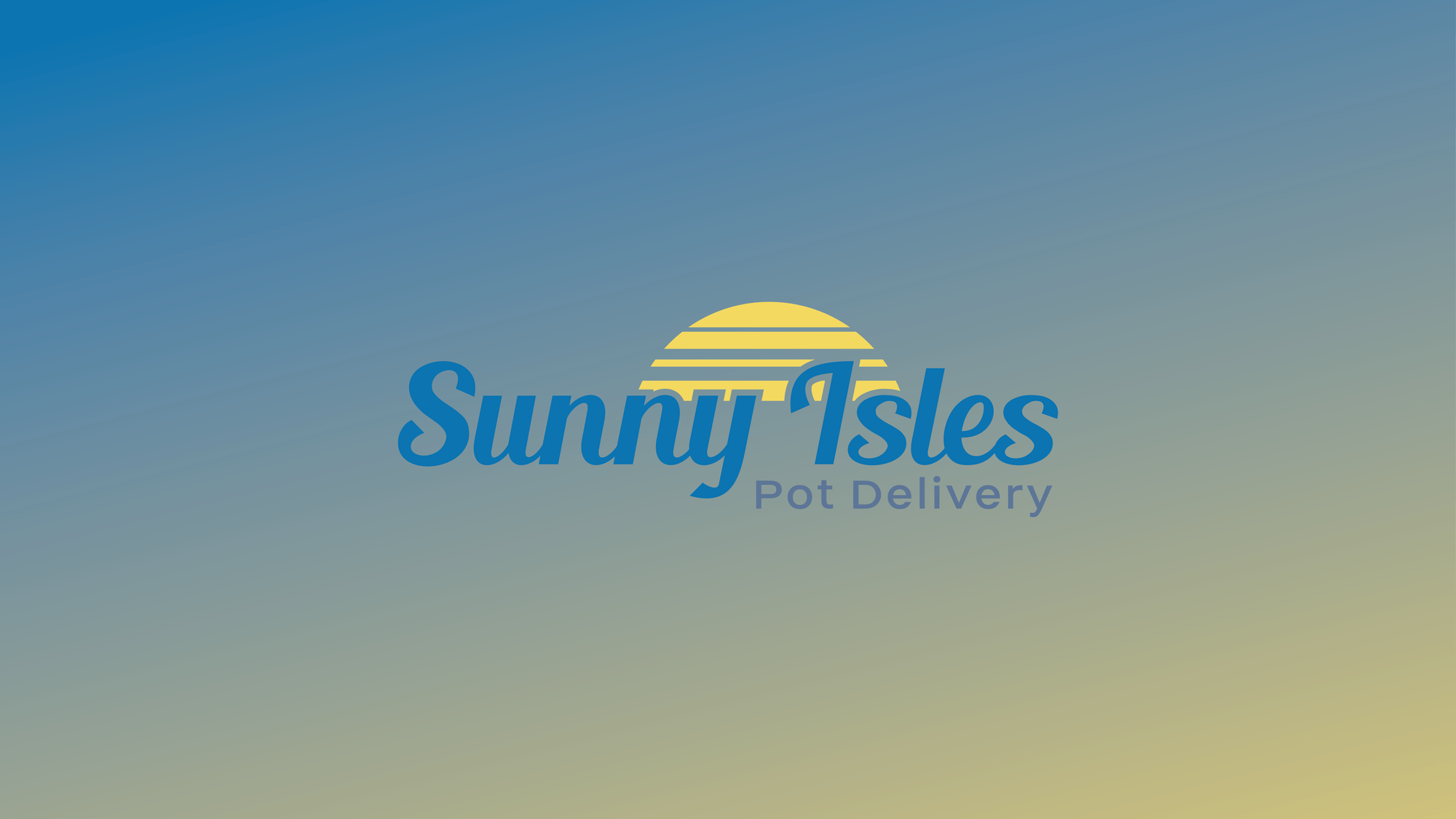The legalization of cannabis in both Canada and the United States shares key similarities despite differences in their approaches. Each country has paved the way for medical and recreational cannabis, though there are distinct differences in how their federal and regional (state or provincial) governments regulate the plant. This article explores the common ground between these two neighboring nations, focusing on federal and regional laws, as well as the economic and medical implications of legalization.
Federal vs. State/Provincial Legalization
One of the most significant similarities between the USA and Canada is the division of regulatory power between federal and regional governments regarding cannabis. However, each country has a unique framework that impacts how cannabis is legalized and managed.
Canada’s Federal Approach
In Canada, cannabis was legalized nationwide with the passage of the Cannabis Act in October 2018. This act allows for the possession, purchase, and growth of cannabis for recreational use at the federal level. Despite this, the law allows provinces and territories to regulate various aspects of sales, consumption, and distribution. For instance:
- British Columbia allows both government-run and private cannabis stores.
- Quebec has more restrictive laws, including a higher legal age of 21 and prohibitions on home cultivation.
Despite the ability of provinces to adjust their regulations, cannabis is federally legal across Canada.
Sources:
The USA’s State-Driven Legalization
Unlike Canada, the United States has no overarching federal law that legalizes cannabis. Cannabis remains illegal under federal law as a Schedule I controlled substance. However, individual states have been given the ability to pass their own laws allowing for medical and recreational cannabis. As of 2024, 37 states have legalized medical marijuana, and 23 states have legalized recreational use. This creates a patchwork of different cannabis laws across the country.
For example:
- California allows both recreational and medical cannabis, with a robust system of licensed dispensaries and high tax revenue.
- Florida only allows medical marijuana with strict regulations on who can purchase and what products are available.
While the federal government has not fully embraced cannabis reform, bills like the SAFE Banking Act have been introduced to provide protection for cannabis businesses, although they have yet to pass.
Sources:
Medical Cannabis: Common Ground
Both countries have well-established medical cannabis programs. Canada legalized medical marijuana in 2001, while the United States has a growing number of states allowing its use. In both nations, medical cannabis is used to treat conditions such as chronic pain, anxiety, PTSD, and epilepsy.
In the U.S., access to medical cannabis requires a doctor’s recommendation and a state-issued medical card, while in Canada, patients can purchase from licensed producers directly. Both countries allow the production of oils, tinctures, edibles, and flower for medical use.
Economic Impact and Tax Revenue
Both countries have experienced a surge in tax revenue due to cannabis sales. In Canada, cannabis sales reached $4.5 billion in 2022, benefiting both provincial and federal governments. Similarly, U.S. states such as California, Colorado, and Oregon have generated billions in tax revenue, which is often reinvested into education, public health, and infrastructure.
A Global Shift Toward Legalization
Though cannabis is regulated differently in Canada and the United States, both countries demonstrate the growing acceptance of cannabis as a medicinal and economic force. In Canada, the federal approach ensures that cannabis is legal nationwide, while in the U.S., state-by-state regulation allows each state to develop its own rules. As both nations continue to evolve their policies, the trend toward greater cannabis acceptance is undeniable.
Sources:

